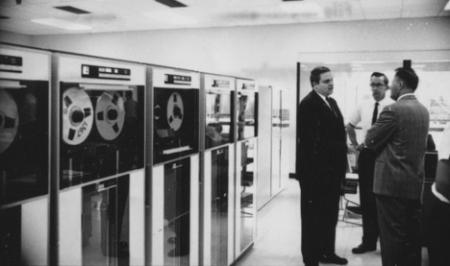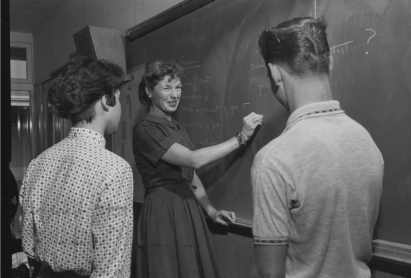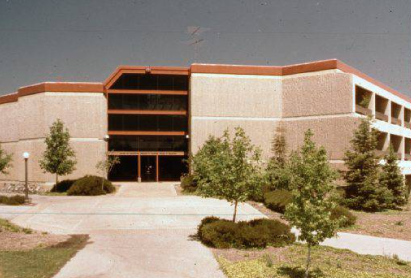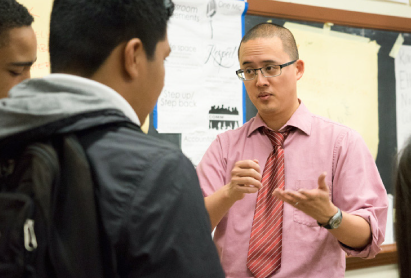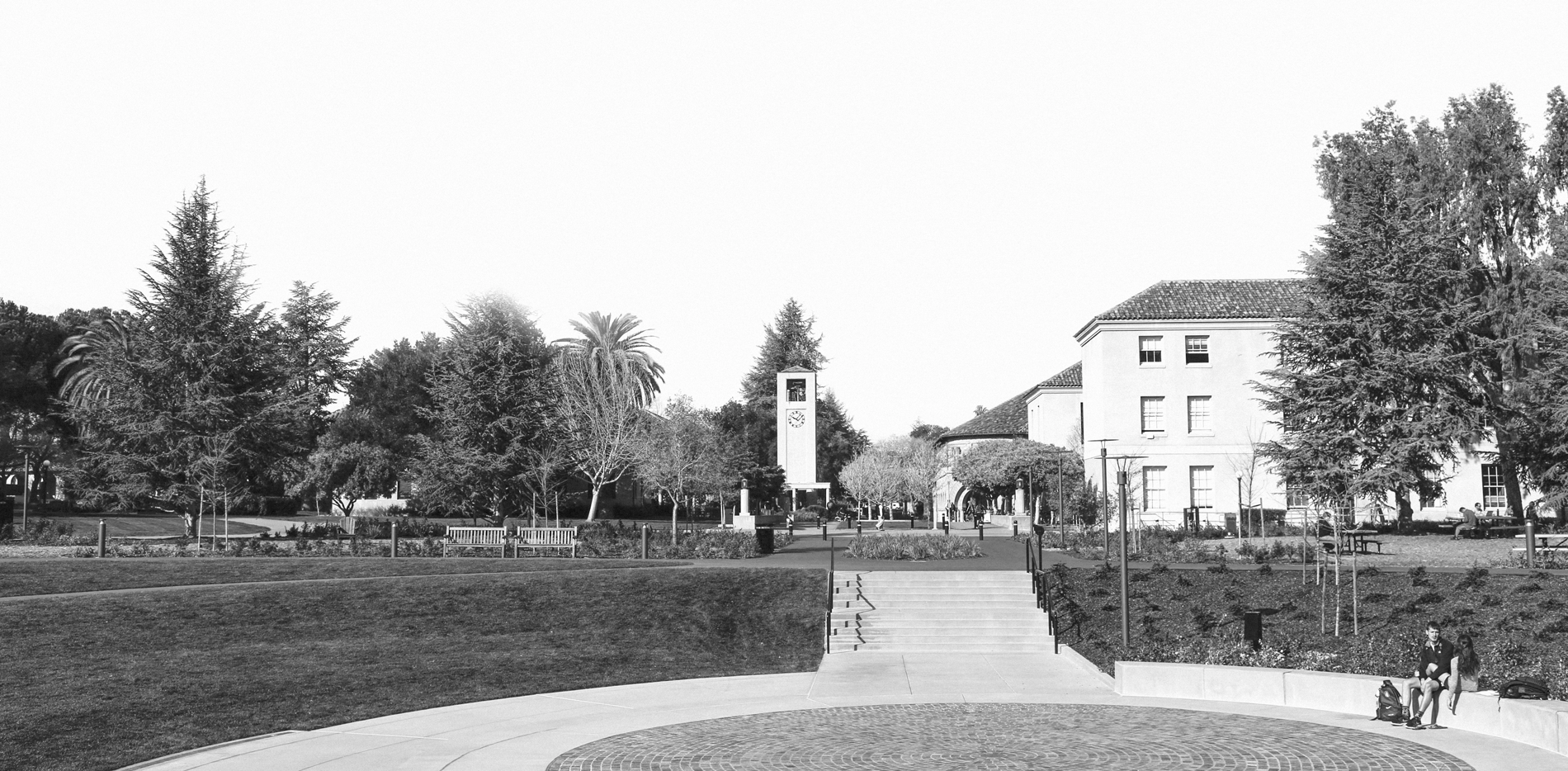
Centennial
Stanford Graduate School of Education is celebrating 100 years of transformative teaching, learning and research. We are marking this milestone with special anniversary events and exhibits that showcase our rich history and contributions, while advancing new ideas and discoveries. We invite you to learn more about our past, look forward to the next 100 years, and join our vision of creating the means and opportunity for all people to learn and teach well.
History
The Stanford Board of Trustees voted in 1917 to elevate the founding Department of Education to a school. One hundred years later, we are a global leader in the preparation of teachers and future scholars, and a dynamic center of interdisciplinary research. Our scholarship has shaped policy and practice and transformed classrooms. Our ideas and knowledge are used worldwide.
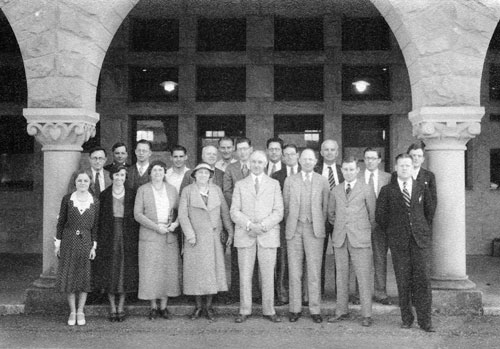
Ellwood Patterson Cubberley (center front), first dean of the School of Education, poses with faculty in the Main Quad, where the School of Education was originally housed before the new building was dedicated in 1938
Milestones
Events
Follow along on social media
Your Voice
Our Centennial is told best through your stories, ideas and involvement. What are your experiences teaching and learning? What has education meant to you or your family? What inspires you? We would love to hear from you.
